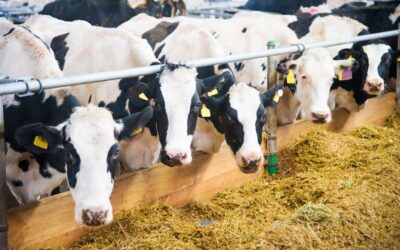Food contamination and subsequent product recall in dairy manufacturing such as milk, cheese and other products, can be devastating.
Not only is a product recall financially debilitating in the immediate future, but highly detrimental to a company’s longstanding reputation.
Unfortunately, a potential Listeria contamination in a cheese plant resulted in a recall of eight different cheese products sold in nine states.
Even with all the safety protocols, testing, and sanitation guidelines that cheese plants need to follow according to FDA standards, can a cheese plant do more?
Are there additional key areas where cheese plants can emphasize efforts to avoid bacteria contamination?
Yes, there are.
Prioritize product testing and establish testing schedules
Trace product to pinpoint potential areas of exposure to bacteria
Ensure sufficient CIP procedures by setting parameters and alerts
Have a Test Plan and Prioritize it
Fortunately, cheese plants can avoid bacteria contamination, but it requires best practices and due diligence in completing sufficient product testing. Having and prioritizing your testing strategy against your risk strategy for the business is critical. Ultimately, plants need to acknowledge that testing is not just a cost of business but risk management.
Testing takes time, and the results often take several days. Because of this, it helps to set up testing schedules. You can create a testing checklist for certain bacteria on a specified schedule.
Plants that utilize product testing plans gain the advantage of maintaining a production schedule, minimizing the risk of contamination, and generating reports on issues and past test results. In addition, plants with this capability can complete full documentation for FDA inspection. When these pieces are compiled and documented together, a testing plan strategy is efficient, accurate, and timely.
After Testing, Traceability is Crucial
Once you have found bacteria contamination through product testing, traceability is crucial. Tracing product quickly assists in pinpointing potential areas where milk or product could have come in contact with contaminated sites. Furthermore, suppose a plant determines that a raw silo was the source of contamination. In that case, operators can trace the product through processing and inspect and sanitize the necessary equipment the milk encountered.
Make Sure Equipment is Sanitized Properly
Standard clean-in-place procedures are essential to alleviating any contaminated areas of equipment. But how do you know the CIP was the right temperature to properly sanitize areas potentially contaminated with bacteria?
Some cheese plants find that having systems that don’t just report CIPs but generate alerts when not done correctly gives real-time reassurance. FDA data recorders document that the system met the temperature standards required to kill Listeria or other bacterial contamination, but it relies on proper reading and updating. As an additional incentive, digital options work in real-time and alert when issues exist.


